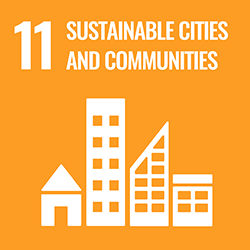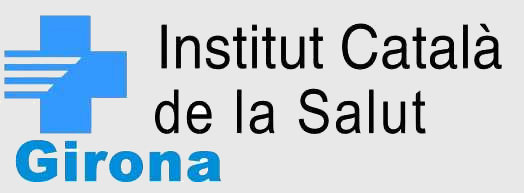Indicators search engine
HEALTH STATUS
LIFESTYLES
SOCIODEMOGRAFIC FACTORS
ENVIRONMENT AND HEALTH
PERSONAL DEVELOPMENT
ENVIRONMENT AND HEALTH
Environmental factors that can determine people's health
HEALTHY ENVIRONMENT
WATER AND SANITATION
TRANSPORT AND MOBILITY
AIR QUALITY
HEALTHY ENVIRONMENT
Information on the typology and states of the demarcation environment
Land cover and land use
Sense lectura
The land cover and use indicator provides information on the quantity of hectares of 40 land cover types for each municipality, grouped into four main categories (forest and natural areas, agricultural areas, urban areas, and blue spaces). This indicator is a useful tool for:
Understanding the composition of the territory and identify its main environmental assets.
Knowing the amount of natural land and preserving or promoting biodiversity and ecosystems to guarantee the ecosystem services they provide us.
Planning orderly and balanced development by integrating natural and agricultural spaces into the design of municipalities based on the analysis of land use distribution.
Analyzing the availability of green and blue spaces to improve the health and well-being of the population and promote initiatives to improve their access and quality.
Land cover influences air quality, temperature regulation, and the prevention of natural hazards, which can facilitate the design of environmental health interventions.
Therefore, this information serves as support when making decisions about land planning, urban growth, protection of natural spaces, water resource management, climate change mitigation and adaptation, and economic development, in a balanced and sustainable way.
The land cover and use indicator provides information on the quantity of hectares of 40 land cover types for each municipality, grouped into four main categories (forest and natural areas, agricultural areas, urban areas, and blue spaces). This indicator is a useful tool for:
Understanding the composition of the territory to identify its main environmental assets.
Knowing the amount of natural land and preserving or promoting biodiversity and ecosystems to guarantee the ecosystem services they provide us.
Planning orderly and balanced development by integrating natural and agricultural spaces into the design of municipalities based on the analysis of land use distribution.
Analyzing the availability of green and blue spaces to improve the health and well-being of the population and promote initiatives to improve their access and quality.
Land cover influences air quality, temperature regulation, and the prevention of natural hazards, which can facilitate the design of environmental health interventions.
Therefore, this information serves as support when making decisions about land planning, urban growth, protection of natural spaces, water resource management, climate change mitigation and adaptation, and economic development, in a balanced and sustainable way.















.png)
